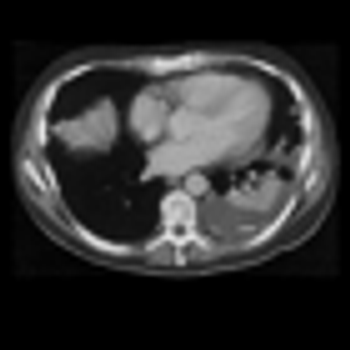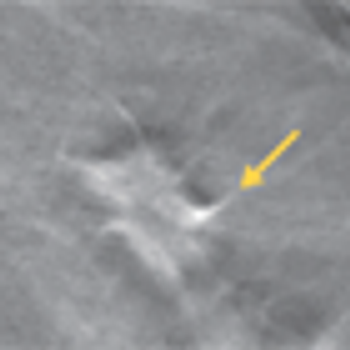
I am seriously thinking about firing my oncology software. It has been 19 months now since I found myself stuck with this relapse. I don’t dare tell my father anything yet-he’ll start going on about how I should see a human doctor. He has been pushing me to visit a LiveDoc who supposedly is still practicing oncology in midtown. Right-like I’m going to do that.











